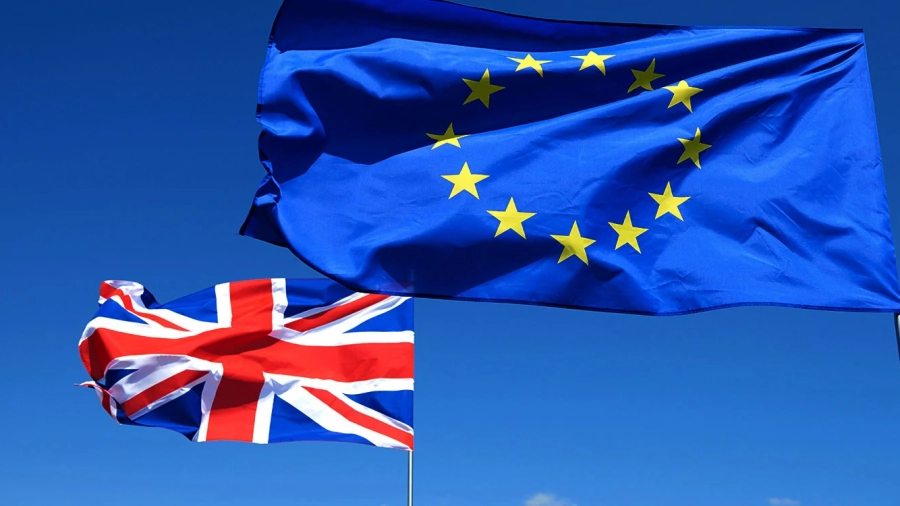Choosing the right public sector consulting firm is a critical decision. This guide explains what features to consider when selecting the best consulting firm for your needs!
Copper price sliding into 2023 amid rising Covid-19 in China
Copper prices slipped into 2023 as a result of rising coronavirus cases in China, fears of an impending global recession led by the Russian military operation in Ukraine, high energy prices, and rising inflation, weakening demand and pressuring the world’s top consumer of industrial metals to tighten control measures that will disrupt supply and demand and impact the global economy.
“With Chinese stimulus starting to falter and COVID-19 resurgences triggering the possibility of more disruption, particularly across Asia,” analysts Eric Nguyen and Pranay Pathak said. “This volatility will only be exacerbated given the large amount of money flowing into commodity ETFs,” which has added around 1 billion pounds ($1.36 billion) a week during the past two months.
Analysts have said that the recent spate of positive case releases and signs that the economy is stabilizing have led to a “somewhat optimistic” outlook for copper. However, they warned that recent reports suggesting increased restrictions on logistics and travel within China could lead to further disruptions in supply chains. Following a two-year shutdown, the country is set to reopen on January 8, removing the required inbound quarantine for foreign travelers ahead of the upcoming Lunar New Year holiday.
Despite the year-end focus on First Quantum Minerals and the Panamanian government’s tax dispute, as well as a ransomware attack on Vancouver-based Copper Mountain Mining Corp after it announced the sale of its Australian exploration project, demand for energy transition commodities remains stable.
The market’s focus on near-term economic forecasts indicates a possible rebound in the midterm of 2023. The long-term outlook for copper remains strong as the world continues to shift towards greener and more sustainable energy sources.
Intiomale and Company Group’s statement concerning the Rwanda aggression in the Democratic Republic of Congo
Intiomale and Company Group condemns Rwanda’s military aggression against the Democratic Republic of Congo, which has tragic consequences for the peace effort in the Great Lakes region, the population, threatens the East African Community and other regional communities’ economic growth, as well as the wildlife and environment when mountain gorillas are annihilated due to conflicts.
Intiomale and Company Group expresses its solidarity with the Democratic Republic of Congo people who are consistently suffering the consequences of this pandemic unrest in the region for several decades and with the Rwandan people who will also suffer the consequences of stigmatization and loss of business and opportunities and do not approve of its government actions.
Intiomale and Company Group and its partners are mobilized to provide resources and technical capacities in defence offset to the Congolese authorities in case of persisting aggression.
Intiomale and Company Group and its partners support sanctions put in place by the Democratic Republic of Congo and its partners and will implement them regardless of the consequences, currently being assessed, on its direct or indirect activities in Rwanda.
Intiomale and Company Group and its partners will no longer provide capital for new or existing projects in Rwanda, that includes the Bukeri and Kiruruma 5.
4MW mini-grid project pre-approved for US$17.5 million, and disinvest from the country until further notice.
About Intiomale and Company Group
Intiomale and Company Group is a global commodity trading, investment, and advisory company that provides solutions to a variety of companies’ strategic and operational needs in Asia, the Middle East and Africa from the public and private sectors. Our 220 cross-border partners are committed to providing affordable and sustainable expertise supporting clients’ performance objectives. With several companies and operations active in more than 10 countries, Intiomale and Company Group puts sustainable development in all its dimensions at the heart of its projects and operations to contribute to the well-being of the populace.
Intiomale and Company Group Contacts
Media Relations: +971 (0)87 551 0556 l [email protected]
Investor Relations: +971 (0)58 521 4144 l [email protected]
Intiomale and Company Group on social media
Twitter: @IntiomaleGroup
LinkedIn: Intiomale and Company on LinkedIn
Cautionary Note
The terms “Intiomale and Company Group”, “Intiomale and Company”, “Intiomale” or “Company” in this document are used to designate Intiomale and Company (Pty) Ltd and the consolidated entities that are directly or indirectly controlled by Intiomale and Company (Pty) Ltd . Likewise, the words “we”, “us” and “our” may also be used to refer to these entities or their employees. The entities in which Intiomale and Company (Pty) Ltd directly or indirectly owns a shareholding are separate legal entities. This document may contain forward-looking information and statements that are based on several economic data and assumptions made in a given economic, competitive and regulatory environment. They may prove to be inaccurate in the future and are subject to several risk factors. Neither Intiomale and Company (Pty) Ltd nor any of its subsidiaries assume any obligation to update publicly any forward-looking information or statement, objectives or trends contained in this document, whether as a result of new information, future events or otherwise.
Contact
Intiomale and Company Group
Yahya Mohammed Al Janun
+27875510556
Published on (PR.com)
https://www.pr.com/press-release/862469
DRC: President Felix Tshisekedi asks Akéré Muna to join his task force to fight corruption
The Democratic Republic of Congo (DRC) is a growing investment destination to explore in the post-COVID-19 recovery plans, however, corruption and poor governance are key factors holding the country back. The current administration is embarking on building a success story with the right commitment to transparency and knowledge with the UNDP’s contribution.
IMPACT OF COVID-19 on the MedTech Supply Chain
Imagine the challenges MedTech manufacturers face in the middle of a pandemic and a global supply chain race to acquire decreasing medical supplies. How concerned are you about the novel coronavirus global outbreak? How prepared are you to face the pandemic while maintaining your business and global expansion goals and objectives? Did it impact your business, your country’s economy, and your investments?
Deal or No Deal: Brexit UK SMEs Saving Grace
The journey ends here. It’s certainly a no-brainer that Brexit will have a crippling impact on the global economy but mostly on several UK, EU, US, and Australian businesses, let alone SMEs trying to find a fit in the market, who are undoubtedly the most affected. What does it mean for your business? Is your portfolio recession-proof enough in case the post-Brexit hits a volatile chapter in 2020? Yes/No, then, what’s next?
Unlocking the Potential of Science, Technology and Innovation for African Higher Education Institutions
Investing in STI is a key part of boosting the scientific, economic and social development of African countries. Learn how AVCNU and ASG aim to collaborate.







